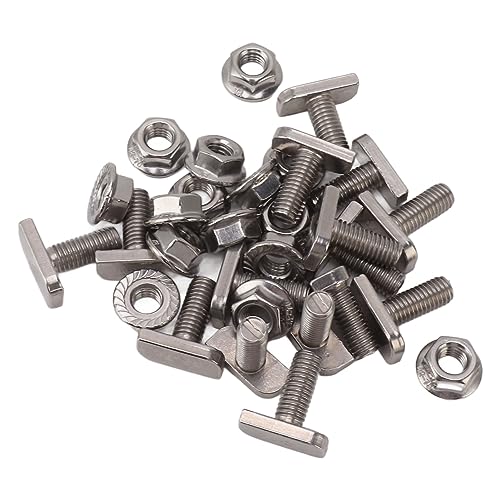is there anyone who can clarify the debate about rcbos on a tt system???
i have a main 300mA s type DP rcd at origin and wanted to use rcbos on sub main cu's in other buildings instead of using a single 30mA device to protect a whole cu
as a whole board going down would be an issue
page 16 of the OSG shows a tt set up with rcbos without a main 100mA rcd being used
i have a main 300mA s type DP rcd at origin and wanted to use rcbos on sub main cu's in other buildings instead of using a single 30mA device to protect a whole cu
as a whole board going down would be an issue
page 16 of the OSG shows a tt set up with rcbos without a main 100mA rcd being used
Last edited by a moderator:















![TUOFENG 12 Gauge Silicone Wire -6 Meter [3 m Black and 3 m Red] 3.3mm² Soft and Flexible Electrical Wire for DIY Projects and Electrical Applications](https://m.media-amazon.com/images/I/51+++DjJ1DL._SL500_.jpg)
















































